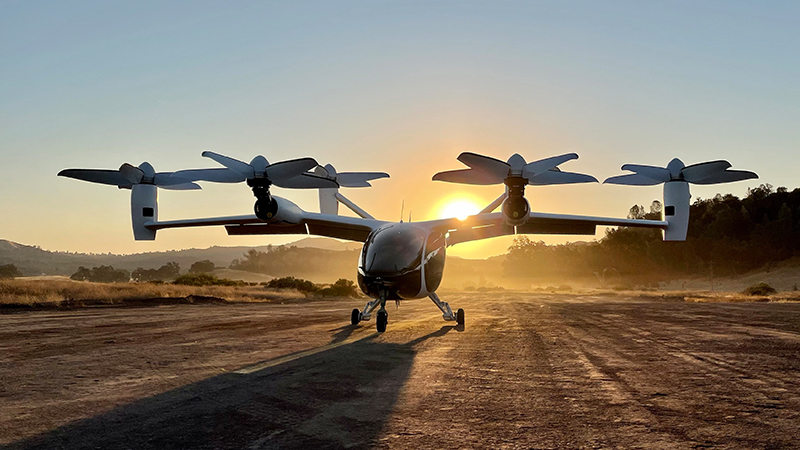

Image Courtesy: Joby Aviation
In September 2021, we looked into the development of eVTOLs in a military context. Considering how fast the eVTOL industry is progressing in general, it’s worth revisiting this topic to see how things have changed.
The military is a prime sector for eVTOL development. As we previously discussed, this technology has myriad applications, from personnel and cargo transport to its trickle-down impact on civilian use. So, what changes have there been in the last 18 months?
In August 2022, Joby Aviation expanded its military contract’s value by more than $45 million. Joby was the first eVTOL company to receive airworthiness under the US Military’s Agility Prime program, and its applications have now expanded to include the US Marine Corps. The Marines are looking into use cases for eVTOLs, including personnel transport, emergency medical response, and resupply missions.
LIFT Aircraft was another company to receive airworthiness status, and it now has two concept eVTOLs in development with the military. The first is its HEXA model, a one-passenger multicopter capable of land and water take-off and landing. This is arguably its main selling point in a military context, as water landing is currently a unique feature for military eVTOLs.
Its other offering is the HEXA Cargo, which, unsurprisingly, is the HEXA body with alterations that make it suitable for cargo transportation. Specifically, it’ll feature an electric winch and electromagnetic conic clamps. These will align with negative cones on the cargo, and a downward-facing camera will read an ArUco marker on the pallet.
While the specific features of the HEXA Cargo are yet to be revealed, it’s believed it’ll be capable of payloads of more than 100kg. Aside from the impact of heavier cargo on its battery usage, its flight time and distance will likely be similar to that of the base HEXA eVTOL.
Since we last looked into these companies, both have started training flights as part of the military program. LIFT has entered Phase 3 of its contract, meaning it can move from design and innovation to flight testing and use case analysis. In short, it’s one step closer to viability in various military scenarios.
There are also some new players in the Agility Prime project. First is Eve Air Mobility’s military model. Although details are currently slim, it’ll likely be an adaption of Eve’s civilian model. As such, it could hold up to 4 passengers along with the pilot and have an estimated range of 100km.
Another exciting addition is Sikorsky, a Lockheed Martin company. It’s developing a hybrid-electric VTOL that is fully autonomous. With a potential range of more than 800km, it looks to combine the flexibility of eVTOLs with the convenience of hybrid propulsion systems. In the near term, this could prove to be a viable avenue of investigation for military applications.
It’s been a fast-paced 18 months in the Agility Prime program. Spending and testing have increased vastly since September 2021, and we’re now much closer to seeing eVTOLs be put through their paces in actual military scenarios. It’ll be interesting to see what the next 18 months bring for the project.